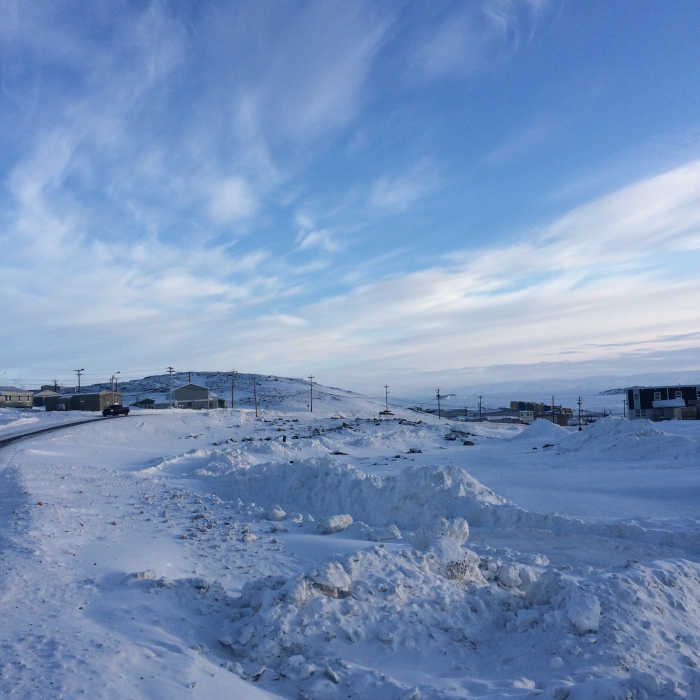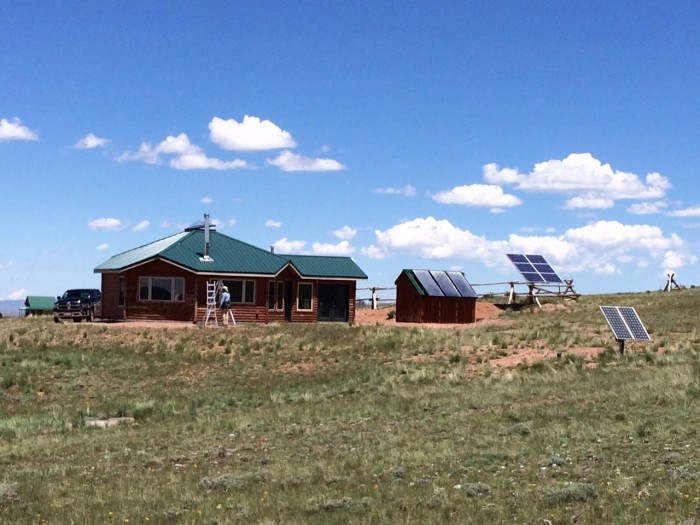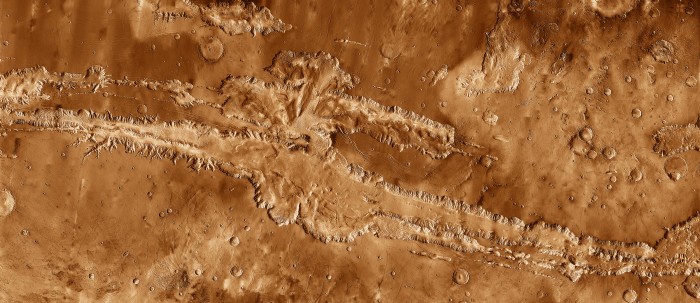The latest Environment and Society featured article is now available! This month’s article, “Anthropological Engagement with the Anthropocene: A Critical Review,” comes from Volume 6 (2015), a special issue on the Anthropocene. In their review of anthropology’s evolving engagement with the Anthropocene, HannahGibson and Sita Venkateswar contemplate multifarious approaches to research and discuss critical engagement discussed including anthropology beyond disciplinary borders, queries writing in the Anthropocene, and anthropology of climate change.
Visit the featured article page to download your copy of the article today before it’s gone! A new article is featured every month.

Read More “New Featured Article!: “Anthropological Engagement with the Anthropocene””






